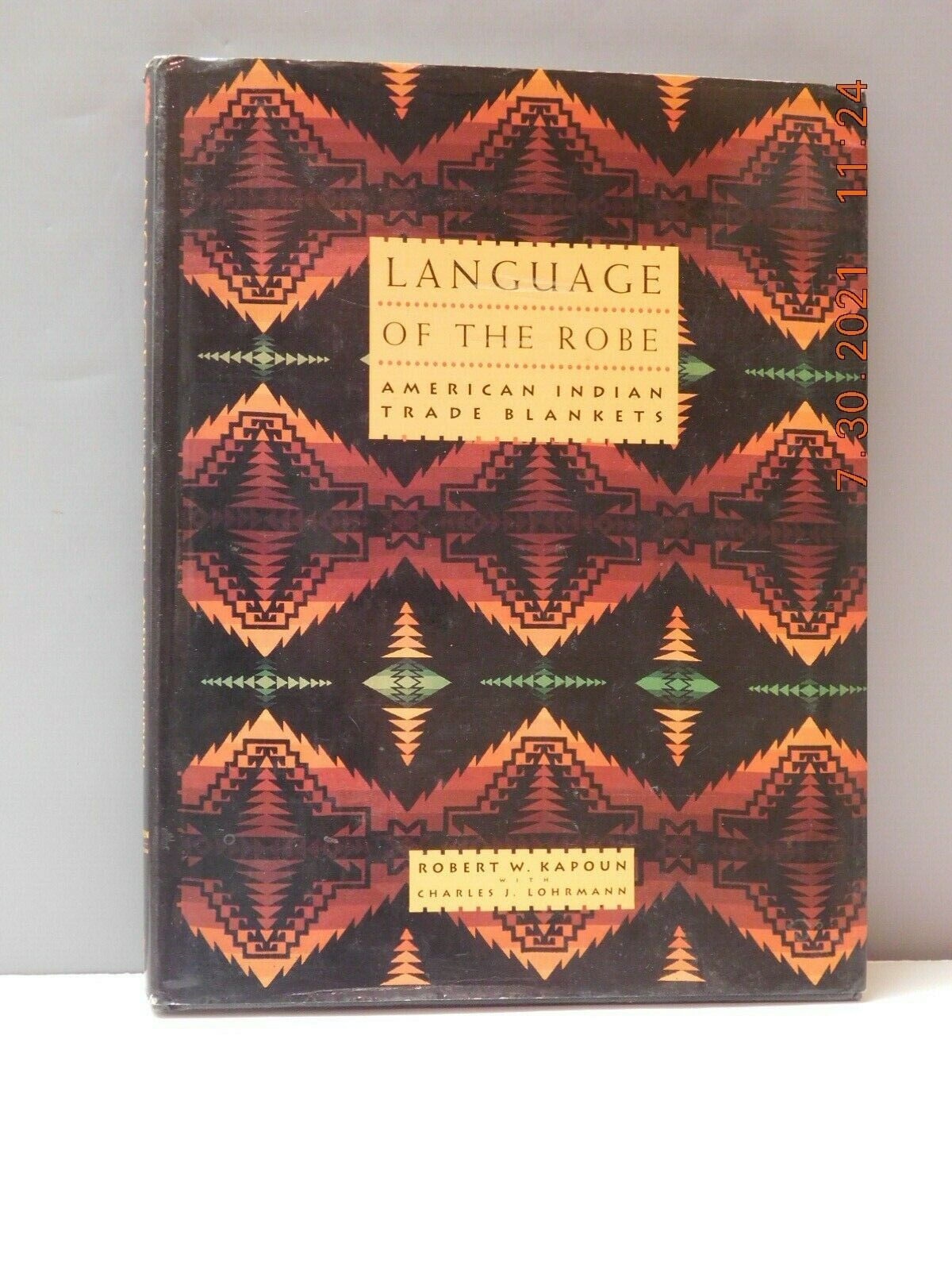-40%
1880 Hopi / Zuni Pueblo Black Manta Twill Wearing Blanket 55" x 40" Excellent
$ 2798.39
- Description
- Size Guide
Description
Here is an excellent homespun Pueblo homespun woman's wearing blanket manta from the 1879 - 1890. It has subtle variations in "twill woven patterns " with residue of brown center and indigo end panels showing through in the right lighting conditions. It is woven with diamond twill end panels and a diagonal twill in borader center body of the blanket. There are two rows of 10 raised "hills and valleys" in the first 10" of each end of the center panel. These high and low rows of homespun features add a uniqueness to each manta and may have familial symbolism. They are a bit different in each weaving with multiple rows with different sets or continual evenly spaced groups, but always balanced equally in their orientation from one end to another. There are also slight differences in the textures of the manner in which they are constructed. 19th Century black mantas are exceedingly rare.It is tightly woven and measures approximately 55" by 44".
Here is somne information that I have compiled from years of research.
THE TRADITIONAL CEREMONIAL PUEBLO MANTA WEARING BLANKET
The traditional Pueblo Woman's wearing blanket dress is foound throughout the Hopi and Rio Grande Pueblo
Villages of Arizona and New Mexico. In my research over the last 50 years through muzseums, the literature,
oral traditions and my 19th Century Photography Archive they can be found from the Hopi Mesas in the West
to as far north as San Ildefonso in the Northeast and throughout the pueblos of the Rio Grande River Valley.
Generally measuring 3' by 5' +/- they are woven by in large in homespun yarn hues of brown and black and often
with indigo dyed end panels. They are woven ina variety of "twill" weaves with end panels of "diamond twill"
and central panels of "diagonal twill" seeming to be predominant. The two 6" - 9" end panels are often indigo
dyed with a black or brown center panel measuring 36" +/- in contrasting twill woven patterns, as well as
having raised "hill and valley" features giving a simple but intricate design feature. They are a wonder of
textural subtelty. Mush of their understated beauty is in the artistic sense and skill of the weaver. These
garments were handed down from mother to daughter or neice or sister for ceremonial use through familial
lineage. Over time they were consistently overdyed with black to "brighten or freshen" them for ceremonies.
The added embroidery decorative stitching was also added or replaced as needed or through kin and clan
influences. In many garments you can see the brown or indigo blue remnants or the color radiating through
the black overdye.
Hopi was the prime source of these garments followed by Zuni. In the last quarter of the 19th Century, Zuni became
the "hub" of trade and commerce with the Atlantic and Pacific Railroad ( later the Santa Fe ) connecting the
Western Villages with the Rio Grande Pueblos. In the last quarter of the 19th Century a number of Hopi weavers
had taken up residence at Zuni and etablished a weaving enterprise there supplying the growing Rio Grande Pueblo
demand for these mantas. The homespun bodies of the mantas being adorned with Germantown edge
and decorative trims. By the 1900 cordgae warp replaced homespun for convenience. From there a steady decline
in these "heirloom" garments with the pressures of adopting Western dress and the stronger and stronger
implementation of the Government Indian School System and pressure to "assimilate". Additionally for the men to
take up "wage work" in the American Economic System and abandon more traditonal pursuits.
These garments survive as a rare example of a classic bygone past.
An opportunity to touch and feel a bit of history in a most intimate and personal manner.
I have shown several examples of 19 Century photographs depicting
Pueblo Women in these style of black mantas.
Excellent condition, but please refer to the many photographs to make your own assessment. Feel free to ask any questions you might have ........... I am happy to post any additional photographs that you might like. Shipping is .99 including USPS insurance. Enjoy
#90
++++++ A buyer had a question about the lines and discoloration of the panels that appear to be running through the manta. The "lines and bluish colors" are the raised divisions between the diamond twill end panels and the diagonal twill larger central body and sections of original indigo blue dyed areas of the wearing blanket. It is the indigo blue radiating through the black overdye. In different spectrums of light, the brownish tones and the indigo residue shows through the later "freshening" of the weaving by successive owners ++++++



















